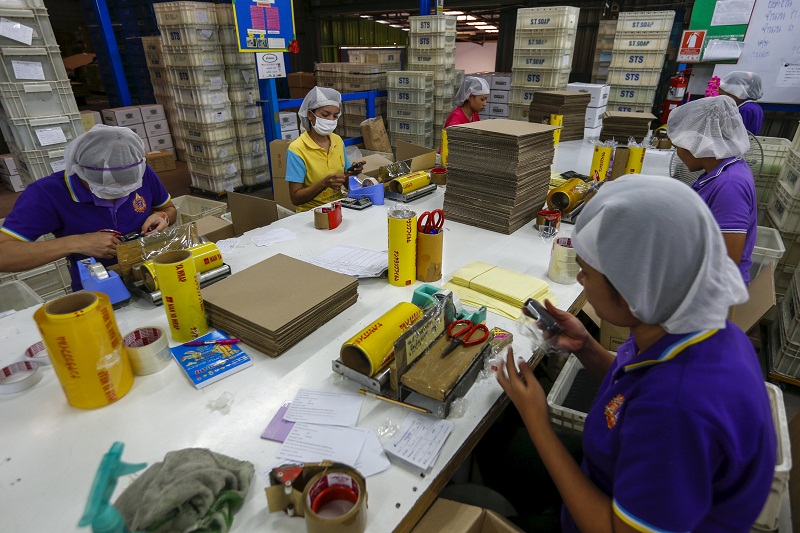KUALA LUMPUR, May 3 — The headline IHS Markit Malaysia Manufacturing Purchasing Managers’ Index (PMI) rose to 53.9 in April from 49.9 in March, indicating a solid improvement in the health of the manufacturing sector.
The PMI is a composite single-figure indicator of manufacturing performance.
IHS Markit chief business economist Chris Williamson said the expansion was the strongest recorded since the survey began in July 2012.
Looking at the historical relationship between the PMI and official statistics, he said the latest reading is representative of a solid upturn in industrial production and gross domestic product, as the survey pointed to a steady recovery from the impacts of the pandemic.
April data suggested that output grew for the first time in nine months and the pace of growth was the strongest since June 2020, he said.
“Reviving demand, notably for exports, as lockdowns have eased has helped drive a welcome surge of growth for Malaysian manufacturing.
“Rising hopes for the vaccine rollout have meanwhile propelled business optimism for the year ahead to one of its highest levels since 2013,” he said in a note today.
Williamson said supply-side constraints have developed further, however, acting as a damper on growth and could restrict the recovery.
Backlogs of work were accumulating at a rate not seen for four years as firms struggle to produce enough goods to meet demand.
“Not only are firms reporting difficulties in finding sufficient numbers of suitable staff to raise production, but delivery delays of inputs are also worsening.
“With the exception of April and May last year, during widespread factory shutdowns as a result of the first wave of the pandemic, the latest lengthening of supply chains is the longest in the survey’s nine-year history,” he added.
On prices, Williamson said input costs increased for the 11th consecutive month in April, reflecting higher prices of raw materials and logistics.
He said the rate of input price inflation accelerated to the fastest in just over four years, and was rapid overall.
Manufacturers partially passed these higher costs to clients through higher output charges, which rose at a marked pace and extended the current sequence of inflation to 11 months, he added. — Bernama






















